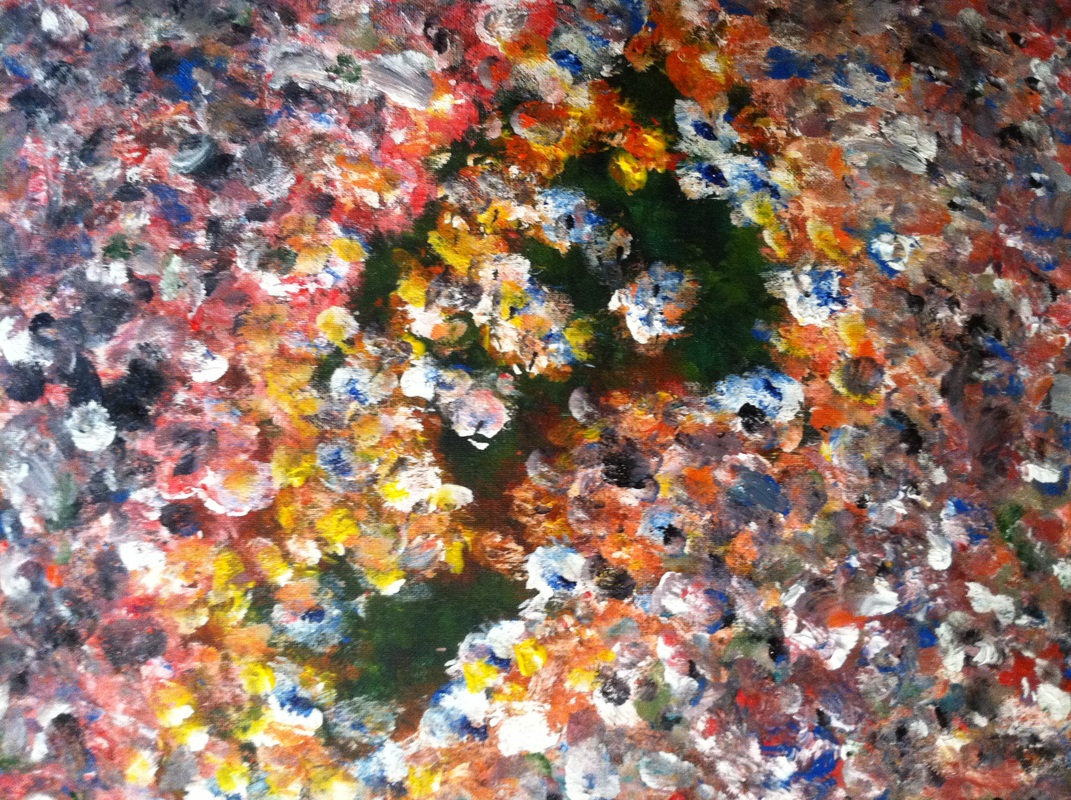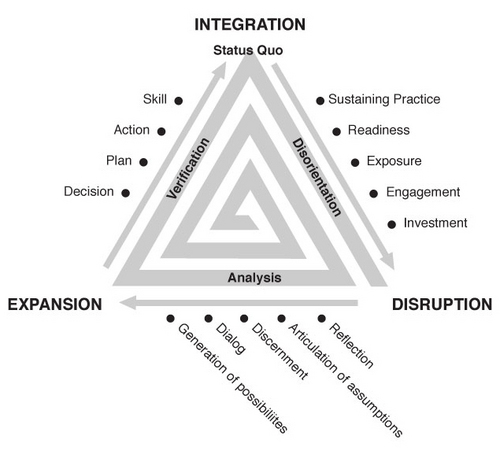
Peter Levine asked “how to teach the constitution of cyberspace?” Is it possible for students to “critically assess the basic rules and structure of the Internet, much as they should understand and be able to criticize the US Constitution”? I agree with Levine that the massive, complex, and dynamic system that is the Internet is hard to suss out. Where would one begin to critically assess? Where are the founding principles codified?
Thinking on this it occurred to me that if we went back to the early 1960s we may indeed be able to articulate the founding blueprint of the Internet, its DNA, its Constitution. Skimming through a couple of historical documents — most notably Janet Abbate’s Inventing the Internet and Roy Rozenzweig’s Wizards, Bureaucrats, Warriors, and Hackers: Writing the History of the Internet, I am wondering what we might learn about the values and design of the Internet from two key protocols – TCP/IP and HTTP. The former are the essential protocols that allow everything on the Internet to work and the latter the gateway that ushered millions online.
Admittedly technical language such as these can be off putting. The purpose and intents for the design not always clear to the lay audience. And while the U.S. Constitution was written and ratified to provide the scaffold for an emerging nation, these protocols were designed for an emerging communication system which has grown to embody a massive, virtual and electronically fueled “cyberspace”.
So what are the principles, values, and essential design features of these protocols and what might they tell us about democracy online?




